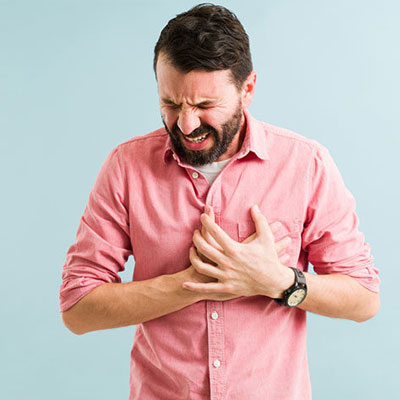 OVERVIEW
OVERVIEW
A stroke occurs when the blood supply to the brain is suddenly interrupted. When the brain lacks sufficient blood flow for a long enough period of time, brain damage or even death can result. Immediate medical attention and early treatment are critical to helping minimize damage to brain tissue and improve the outcome.
Types of Strokes
There are two major types of strokes: ischemic and hemorrhagic. Ischemic strokes, the most common type, occur when a blood clot blocks the arteries leading to the brain and cuts off blood flow. A hemorrhagic stroke occurs when a blood vessel in part of the brain becomes weak and bursts open, causing blood to leak into the brain.
At the first sign of a stroke, patients should seek medical care immediately. Symptoms of a stroke vary, but typically occur suddenly and include:
- Weakness, tingling or numbness in a limb
- Partial loss of vision
- Inability to move a limb
- Double vision, vertigo or loss of balance
- Difficulty swallowing
- Memory loss
- Drowsiness or loss of consciousness
- Uncontrollable eye movements
What Causes Strokes?
Smoking is the number one risk factor for strokes, and indeed, making basic lifestyle changes like quitting smoking can significantly reduce your overall risk. These include:
- Weight loss
- Exercise
- Cholesterol and blood pressure management
- Reducing alcohol intake
Aside from lifestyle changes, managing any underlying health conditions, including hypertension and diabetes, also reduce your risk of stroke. If you are concerned about your stroke risk, talk to your cardiologist about what more you could be doing to keep your risk low.
